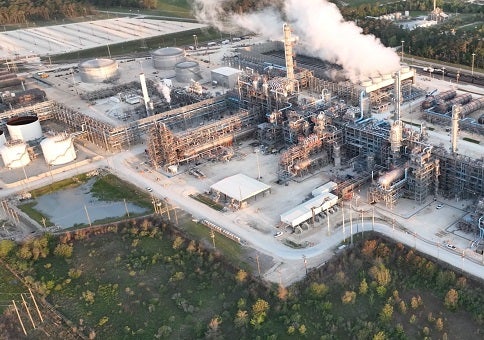
LyondellBasell signed a memorandum of understanding (MoU) with Technip Energies and Chevron Phillips Chemical (CPChem) to design, build and run a demonstration unit by utilising Technip Energies’ electric steam cracking furnace technology (eFurnace by T.EN) to produce olefins.
In this regard, a joint development agreement is anticipated to be signed by the parties later this year.
To be located at LyondellBasell’s site in Channelview, Texas, US, the demonstration unit, which is capable of using low carbon dioxide electricity, will be constructed at a commercial scale.
According to LyondellBasell, the construction of the demonstration unit is a significant step in the advancement of eFurnace technology and a necessary prerequisite for the future development of a full-scale unit.
The new eFurnace technology will allow LyondellBasell to utilise clean energy as a heat source for the olefins cracking process in the future.
It is expected to significantly reduce the greenhouse gas footprint of its olefins production process and help the Dutch chemical manufacturer achieve its ambitious climate targets.
LyondellBasell CEO Peter Vanacker said: “We are taking decisive steps to reduce our absolute scope 1 and 2 greenhouse gas emissions, while creating solutions for everyday sustainable living.
“Deployment of an industrial-scale electric cracking furnace is one option we are considering in this space because of its ability to reduce furnace GHG emissions by up to 90% compared to a conventional furnace.”
Construction of the demonstration unit will help LyondellBasell to test the new technology and verify that continuous olefin production is feasible using electricity as a heat source.
The demonstration unit is designed to prove the technology at an industrial scale, said Technip Energies.
Technip Energies CEO Arnaud Pieton said: “Consistent with our purpose to engineer a much-needed sustainable future Technip Energies is making huge strides toward reducing the CO2 emissions resulting from the production of ethylene and this design will enable olefins producers to take advantage of the growing supply of available renewable energy to operate the most energy-intensive part of the plant.”






